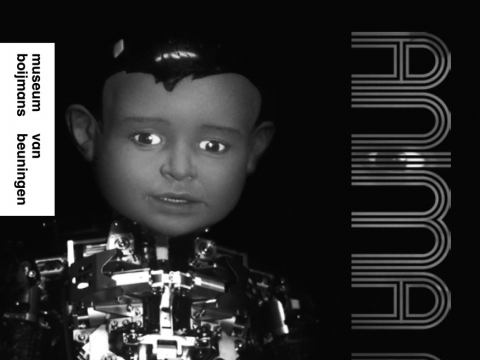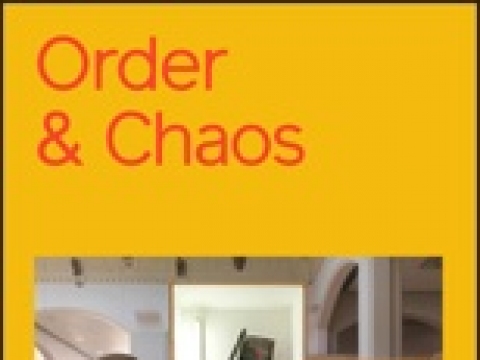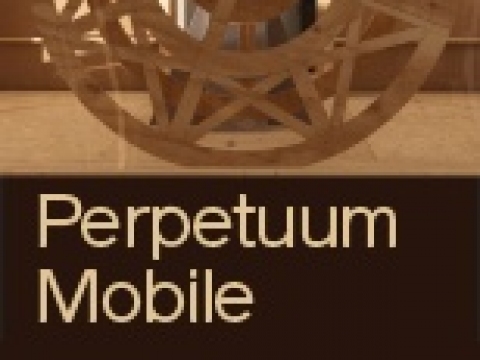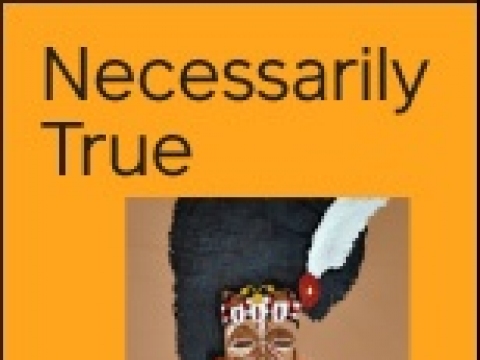Border Lines
- Aaltje Dammer
- Bertus Jonkers
- Chris Hipkiss
- Drago Jurak
- Gijs Frieling
- Habima Fuchs
- Henk Visch
- Jan Kervezee
- Joost van den Toorn
- Markus Meurer
- Michel Nedjar
- Ody Saban
- Uiltje Sytsema
- Yassir Amazine
- Etnografica Wereldmuseum Rotterdam,
- makers onbekend
- Curator: Hans van der Ham
Border Lines is the third exhibition at Garage Rotterdam. Ethnographic objects from the collection of Wereldmuseum Rotterdam play a central role in this exhibition, as well as objects from De Stadshof Foundation’s collection of outsider art. This exhibition also features the work of Gijs Frieling, Henk Visch, Joost van den Toorn and Habima Fuchs.
Border Lines is about craftsmanship, authenticity, passion and intensity. Contemporary visual art enters into a dialogue with ethnographic objects and outsider art. Outsider artists are often self-taught and make spontaneous, intuitive work from a compulsive need: more so for themselves rather than for others. They work outside the professional art scene and usually don’t conform to any art-historical traditions. Whereas outsider art and ethnic art are mainly created because of an intrinsic necessity, in contemporary Western art artistic considerations are more important. Where do these two worlds meet?
Ethnic artists, and quite often outsiders too, transform their material into a new reality. The material is not used to represent or refer to a different reality, but has itself become that other reality. The aesthetic value that we in the Western world attribute to art is of secondary importance to ethnic artists: an object either ‘works’ or ‘doesn’t work’. Quite often, an ethnographic object serves as an intermediary between everyday reality and the invisible spiritual world of grandparents and gods. This is why the object has social status within a community and is treated with respect.
In Western contemporary art, the material is not transformed but used to represent or interpret a different reality. The work of art is and stays the material of which it consists: it will never become a new reality. Even in the most figurative, realistic art there will always be a distance between the material and the image, despite the attempt to meld the two perfectly. The Western artist creates an artificial new reality in which the material visibly keeps its characteristics.
The exhibition Border Lines looks for the differences as well as the similarities between these seemingly opposite approaches to art. On Sunday 30 September there will be a special programme with lectures, world music and world cuisine.















